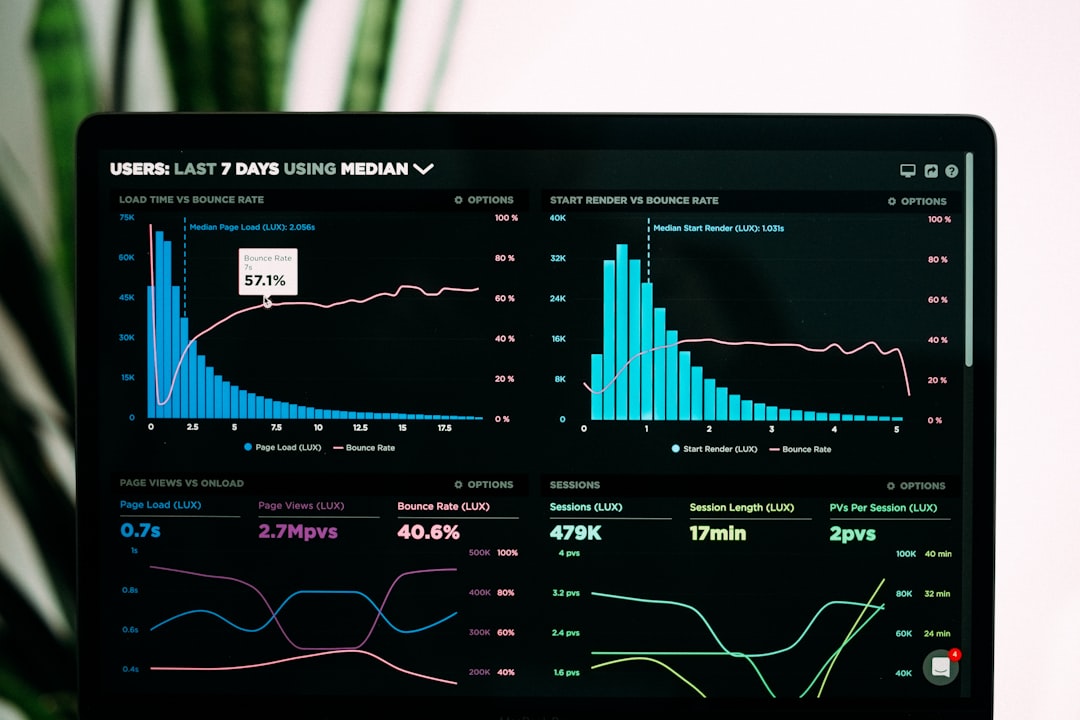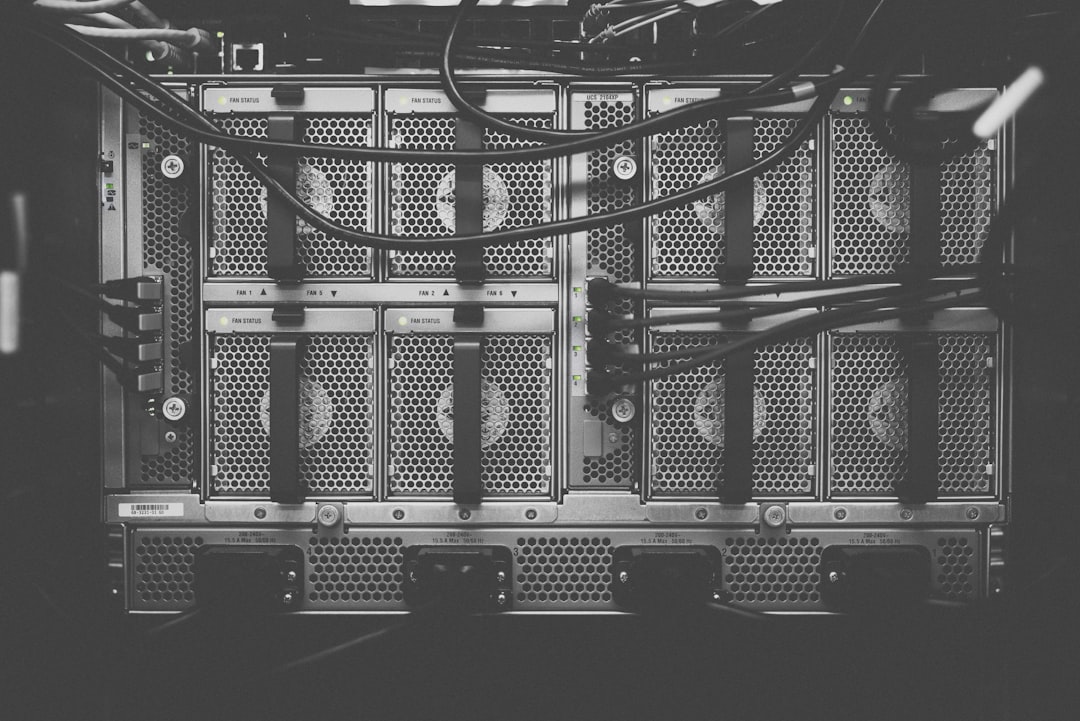Unlock encrypted content
Please enter your SSCE key to initiate on-the-fly decryption.
Decryption key: (Click cancel if you don't have the key)
Copied link to clipboard.
This feature is unavailable for free accounts. Upgrade now and enjoy all Premium benefits.
Go Premium!
This feature is unavailable for free accounts. Upgrade now and enjoy all Premium benefits.
Go Premium!
Please open this page in browser ( Google Chrome or Safari ) to use this feature.
Open In Browser
Virtual Reality (VR): Transforming the Cloud Server Landscape
Random related video for this blog.
Copied share link to clipboard.
By immersing users in a simulated environment, VR technology has opened up new possibilities across various industries. From gaming and entertainment to healthcare and education, the potential applications of VR are limitless. However, the success of VR relies heavily on the cloud server infrastructure that powers it, ensuring data integrity, spatial computing, and file synchronization. In this article, we will explore how VR, combined with cutting-edge innovations such as real-time system monitoring, artificial intelligence storage, and drone technology, is shaping the future of cloud servers and online data protection.
Virtual Reality and Cloud Server Integration
Virtual reality relies on cloud servers to deliver high-quality, immersive experiences to users. The computational demands of VR are substantial, requiring real-time rendering of complex graphics and seamless interaction with virtual environments. Cloud servers provide the necessary processing power and storage capacity to handle these demands, eliminating the need for users to have powerful local hardware. One of the key advantages of integrating VR with cloud servers is scalability. As VR applications become more popular and complex, the demand for computational resources increases. Cloud servers allow for the seamless scaling of resources, ensuring that VR experiences are delivered without latency or performance issues. By leveraging the cloud, VR developers can focus on creating innovative content without worrying about infrastructure limitations.Data Integrity and File Synchronization
Ensuring data integrity is crucial in VR applications, where even the slightest delay or inconsistency can break the immersion. Cloud servers play a vital role in maintaining data integrity by providing reliable storage and synchronization mechanisms. Real-time file synchronization allows users to seamlessly access their VR content from multiple devices, ensuring a consistent experience across platforms. File synchronization also enables collaboration in VR environments. By synchronizing files in real-time, multiple users can interact with the same virtual environment simultaneously, fosteringcollaboration and enhancing productivity. For example, in a VR-based architectural design project, architects, engineers, and clients can review and modify designs together, regardless of their physical locations.
Spatial Computing and Drone Technology
Spatial computing, a key aspect of VR, involves mapping the physical world and integrating virtual objects into it. This is where drone technology comes into play. Drones equipped with cameras and sensors can capture real-world data and create accurate 3D models of physical spaces. These models can then be used to create immersive VR experiences. For example, in real estate, drones can capture aerial footage of properties and generate 3D models. Potential buyers can then explore these models in VR, gaining a realistic sense of the property from the comfort of their homes. This not only enhances the buying experience but also saves time and resources by eliminating the need for physical visits.Online Data Protection and Cutting-Edge Innovations
With the increasing reliance on cloud servers for VR applications, online data protection is of utmost importance. Cybersecurity threats such as data breaches and unauthorized access pose significant risks to users and businesses alike. To address these concerns, cutting-edge innovations in online data protection have emerged. Real-time system monitoring is a crucial component of online data protection. By constantly monitoring network traffic, server performance, and user activity, potential security breaches can be detected and mitigated in real-time. Artificial intelligence storage also plays a vital role in data protection by analyzing user behavior patterns and identifying anomalies that may indicate a security threat. Moreover, advancements in encryption technologies have strengthened the security of online data. FileLu, a leading cloud storage provider, offers end-to-end encryption for file sharing, ensuring that data remains confidential and secure during transit. This level of encryption provides peace of mind for VR users, knowing that their sensitive information is protected. Conclusion Virtual reality, combined with cloud server infrastructure, is reshaping the way we interact with digital content. The seamless integration of VR and cloud servers enables scalable, immersive experiences while ensuring data integrity and file synchronization. Cutting-edge innovations such as real-time system monitoring and artificial intelligence storage enhance online data protection, safeguarding users' information from cyber threats. With the support of drone technology and spatial computing, VR applications can create realistic and engaging experiences across various industries. As VR continues to evolve, the role of cloud servers and online data protection will become increasingly vital in driving innovation and delivering exceptional user experiences.Frequently Asked Questions (FAQs)
Question: How does VR rely on cloud servers? Answer:
VR relies on cloud servers to provide the necessary processing power and storage capacity to deliver high-quality and immersive experiences to users. Cloud servers eliminate the need for users to have powerful local hardware, allowing for seamless scalability and resource allocation.
Question: How does file synchronization work in VR applications? Answer:
File synchronization in VR applications allows users to seamlessly access their content from multiple devices. Real-time synchronization ensures that changes made by one user are reflected across all devices, enabling collaboration and a consistent experience.
Question: How does drone technology contribute to VR? Answer:
Drones equipped with cameras and sensors can capture real-world data and create accurate 3D models. These models can then be integrated into VR environments, enhancing the realism and immersion of the experiences.
Case Studies 1. Company XYZ: Leveraging VR and Cloud Servers for Remote Training - Company XYZ, a global manufacturing company, implemented VR training programs to train employees remotely. - By leveraging cloud servers, the company ensured seamless access to training materials and real-time collaboration among trainees. - The VR training programs resulted in improved knowledge retention and reduced training costs. 2. Healthcare Provider ABC: Enhancing Patient Care with VR and Cloud Servers - Healthcare Provider ABC integrated VR technology into patient care to enhance the patient experience and improve treatment outcomes. - Cloud servers allowed for the storage and synchronization of patient data, ensuring accurate and up-to-date information was available to healthcare professionals. - The use of VR in patient care resulted in reduced anxiety, improved patient engagement, and better treatment adherence. 3. Education Institution DEF: Virtual Field Trips with VR and Drone Technology - Education Institution DEF used VR and drone technology to provide virtual field trips to students. - Drones captured real-world locations and created 3D models that were then integrated into VR applications. - The virtual field trips allowed students to explore historical sites, natural wonders, and cultural landmarks, enriching their learning experiences. To experience the power of cloud servers and online data protection, visit FileLu.
By Amelia Isabella.
Email: [email protected]
Related
Scalable Cloud Storage Architecture: Empowering the Future of Data Management
June 21, 2023
Read More
Autonomous Driving, Neurotechnology, and 3D Printing: Advancements in Data Storage...
June 21, 2023
Read More
Easy-to-use Downloading Tools: Enhancing Efficiency and Productivity in File Management
June 22, 2023
Read More
Files and Folders Management: Augmented Reality and Computer Vision Revolutionize...
June 22, 2023
Read More
Popular
The Future of Digital Transformation: Exploring Smart Homes, Efficient File...
November 30, 2025
Read More
Latest
The Future of Digital Transformation: Exploring Smart Homes, Efficient File...
November 30, 2025
Read More
Exploring the Benefits of Cloud Storage and Innovative Technologies in...
November 26, 2025
Read More
The Future of Technology: Exploring Biohacking, Space Tourism, and Digital...
November 23, 2025
Read More
The Future of File Sharing: Streamlined Workflows for Photographers and...
November 19, 2025
Read More
Exploring the Intersection of Technology: From Cybersecurity to Augmented Reality...
November 16, 2025
Read More
The Future of File Management: Embracing Edge Computing and Efficient...
November 12, 2025
Read More
The Future of File Sharing: Exploring User-Friendly Solutions and Data...
November 5, 2025
Read More
The Future of Cloud Storage: How FileLu Empowers Creative Professionals...
November 2, 2025
Read More
The Future of Autonomous Technologies: Innovations in Robotics, File Sharing,...
October 29, 2025
Read More
Emerging Technologies Revolutionizing File Management: From Li-Fi to Robust Collaboration...
October 26, 2025
Read More
Emerging Technologies: Exploring the Impact of File Access Auditing, Genetic...
October 19, 2025
Read More
The Future of Data Storage: Exploring Advanced Encryption, Mobile Integration,...
October 5, 2025
Read More
Exploring the Future of Data Management: Security, Efficiency, and Cognitive...
September 28, 2025
Read More
Revolutionizing Data Management: Innovations in Storage, Security, and Sustainable Technology.
September 24, 2025
Read More






















